Don’t worry if you lose your personal belongings.
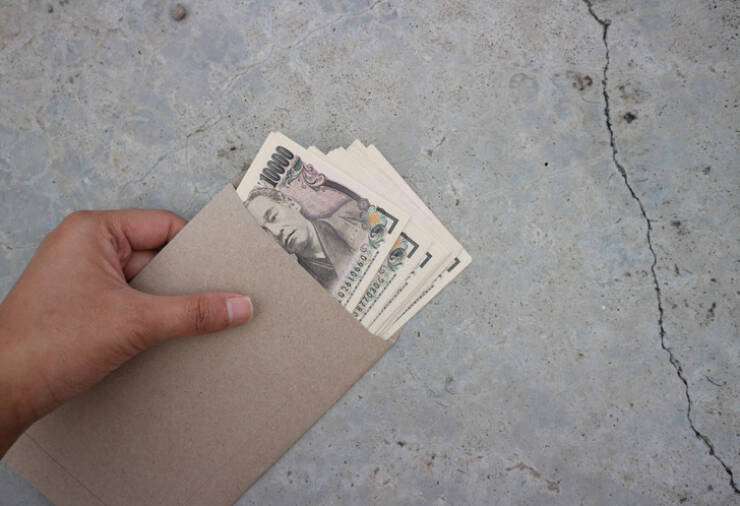
Honesty and kindness are highly valued in this country and their lost and found system is one of the most effective in the world. The Japanese teach their kids from a young age to hand in a lost item to kōban, a friendly neighborhood police officer, even if it’s only something small or seemingly insignificant. It’s not surprising then that Tokyo has one of the largest lost and found buildings in the world.
To prove this even further, one study compared the return rate of dropped or forgotten phones and wallets in Tokyo and New York. Only 6% of New Yorkers reported or returned lost belongings, whereas Tokyo residents were far ahead at 88%.
Japan is a cat lover’s paradise.
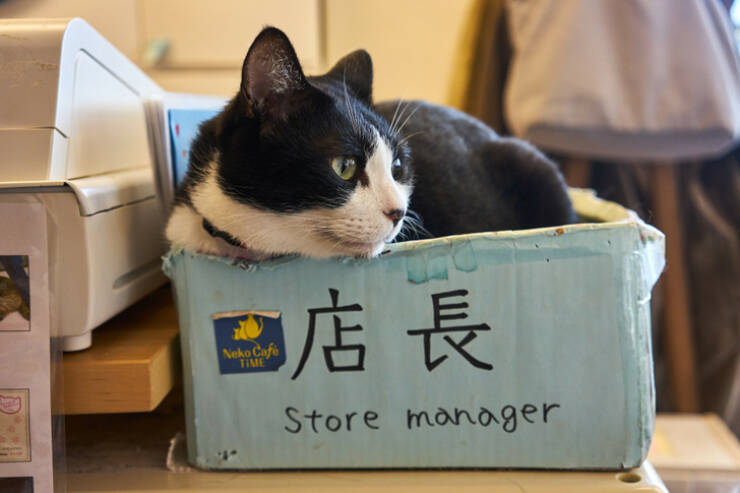
It’s a country where even cats have 9-5 jobs. They are such popular pets that there are even special cafes dedicated to them. You can hang out with these furry comedians while sipping on your drink. These establishments have become popular in recent decades in major Japanese cities. Owning pets in Japan can be a challenge, mostly due to very small apartments and long working hours. But instead, people can drop by a place like a cat cafe and enjoy a relaxing time in the company of adorable animals.
Pet dogs are often seen in baby strollers.

While the rest of the world still gets all worked up about people who call their pets “fur babies,” Japanese people seem to be way cooler about it. You’ll often see people dressing up their pets or just pushing them in baby strollers, carts, and carriers without anyone even looking twice. If anything, maybe they’ll just smile or stop you just to say how cute your pet is.
They boast impeccable customer service.
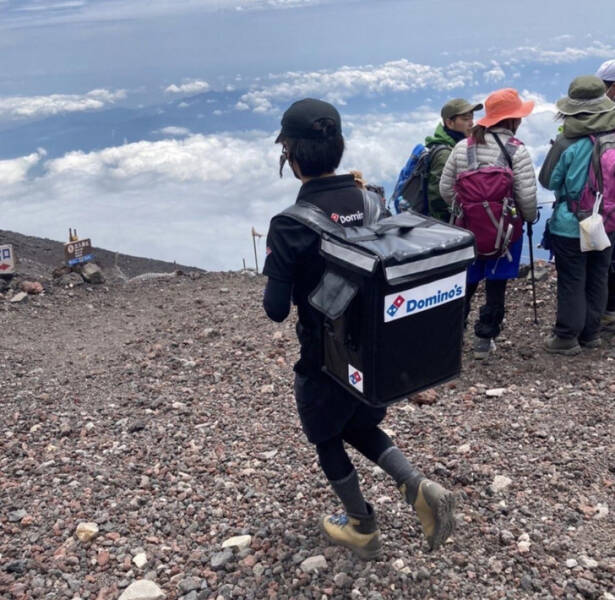
Customer satisfaction is taken very seriously in Japan so that even the most demanding clients won’t be disappointed. For example, pizza delivery to the summit of Mount Fuji is not impossible. Speaking of pizza, pizza toppings here are unlike anywhere else in the world.
You can use a personal stamp instead of a signature.
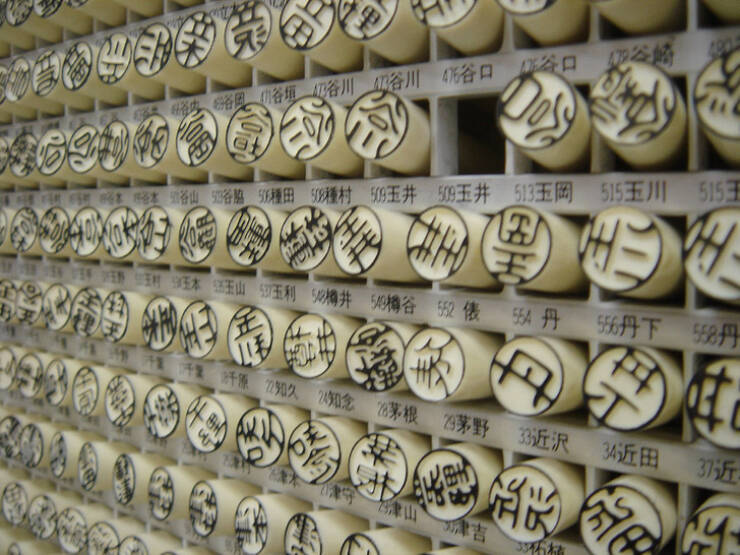
Instead of a handwritten signature, many people in Japan use a personal seal that carries a symbol that is just as unique for each person as their signature. There are 3 types: inkan and hanko, where the first one is used on more formal, important documents, and the latter is meant for more casual use.
Sushi is served by a conveyor belt in some restaurants.
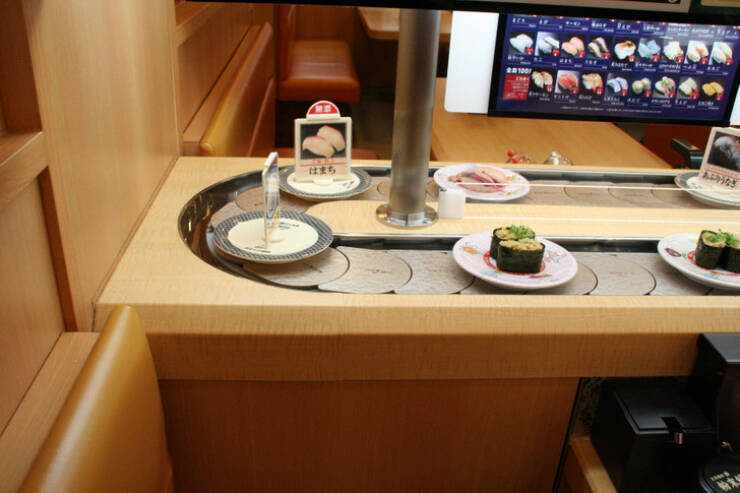
Conveyor belt sushi restaurants, or kaiten sushi, are among the most popular dining options in Japan. It’s a type of self-serving restaurant where sushi is ordered via an interactive app and served on a conveyor belt. Not only is the whole process of ordering your meal more fun, but the sushi itself is usually super delicious and way more affordable than it is in traditional sushi restaurants.
Public transportation is efficient in many different ways.
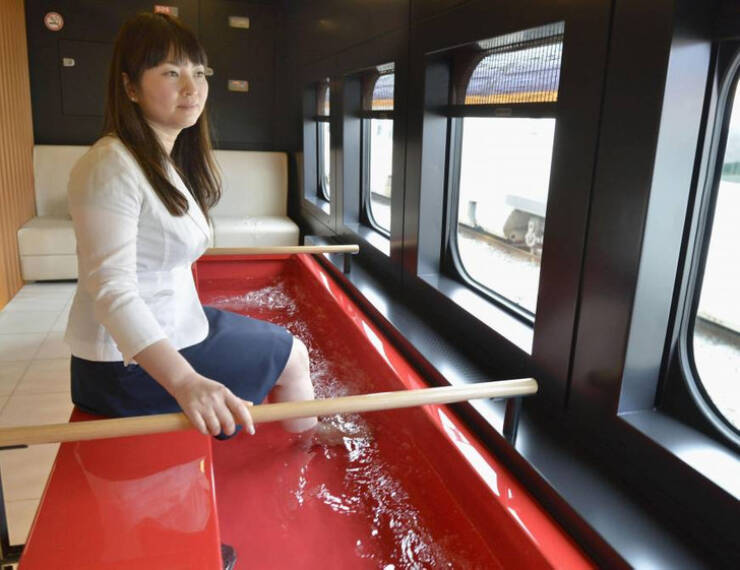
Unless there’s a natural disaster, public transportation is traditionally very punctual across Japan. The typical public train or bus is only 18 seconds late on average. Not only that but passengers can even enjoy a foot bath on some of the premium bullet trains. Amazing, isn’t it?
Out-of-this-world sweets and desserts.
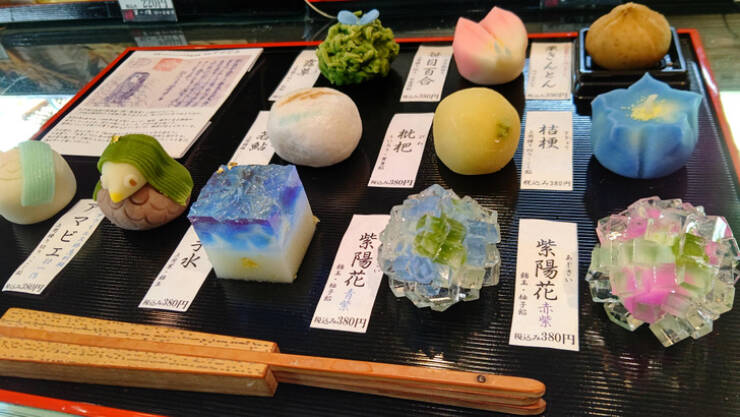
Japan gave the rest of the world a major lesson on how to create truly impressive treats. The ideal dessert should be tasty, healthy, and absolutely stunning looking — just like wagashi, the famous traditional dessert. And yes, making wagashi usually takes a lot of time and effort. They are usually made of plant-based ingredients and are named after poetry, natural scenery, or historical events.
And all that matcha!
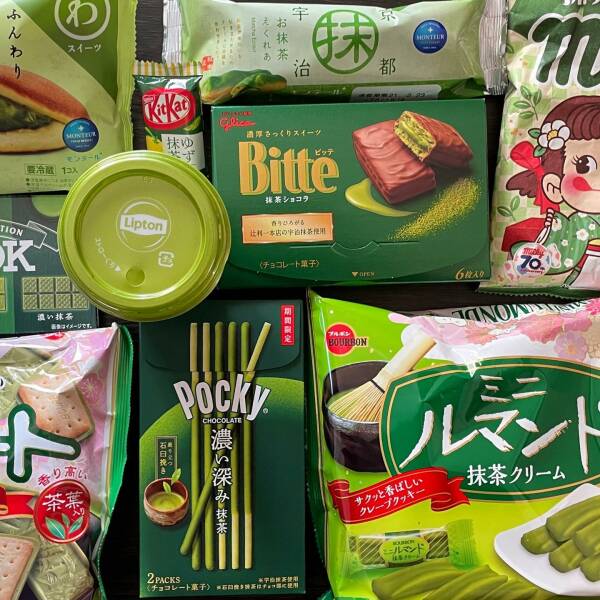
You don’t have to visit expensive cake shops to get your taste buds satisfied. In Japan, the selections of sweets and snacks in a regular supermarket will make you want to buy and try everything you see. And if you are a fan of matcha, a type of ground green tea, you’ll definitely bring home a bag full of souvenirs ranging from cookies, Kit Kats, ice cream, and even matcha stuffed buns.
Even bread is unique in Japan.
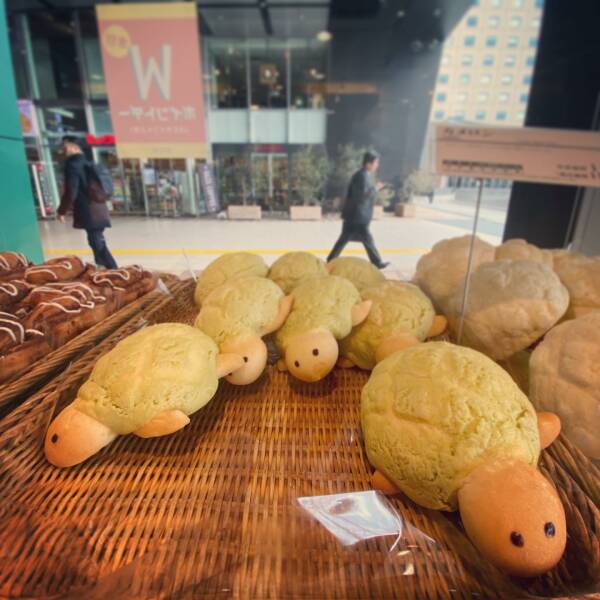
Turtle bread? Flower bread? Fish-shaped buns? Bread stuffed with black bean paste? Why not? Japanese people can turn even the most mundane products into creative works of art. They even have a bread superhero called Anpanman, which means ’’bean bun man.’’ Yes, every Japanese kid was at some point a fan of this beloved cartoon character.
It’s so safe that even toddlers can roam freely.
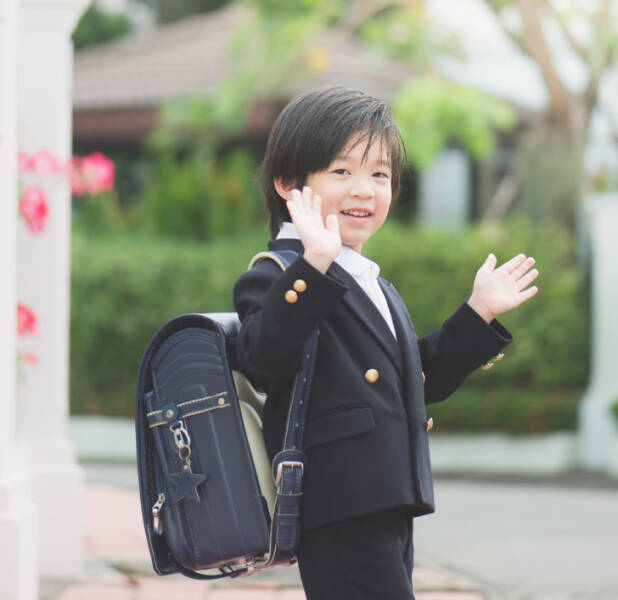
Japan has a very low crime rate, especially when compared to other developed countries. In many western countries, parents have to worry constantly and cannot imagine letting their little ones out of their sight, even for a moment. But in Japan, it’s not that uncommon to see schoolkids or even toddlers roam freely around Japanese cities. Of course, this doesn’t mean that Japanese parents are less responsible, they simply trust the community and have more confidence in public safety. Because of this freedom, kids in Japan become independent and behave responsibly early on.
Even deer are polite.
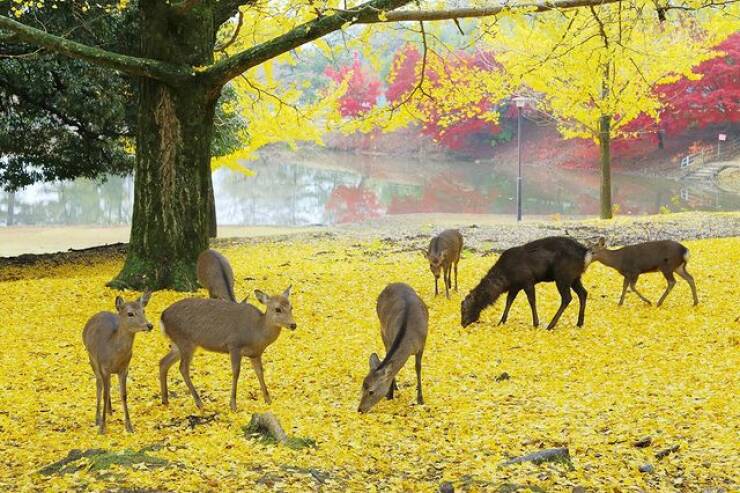
Deer are the symbol of Nara, the ancient capital of Japan. Although they’re known as very timid animals, the deer of Nara are quite comfortable being around people, especially when there are some treats involved. These lovely creatures even bow politely after being fed, which has made them internet famous.
You can experience majestic flower festivals.
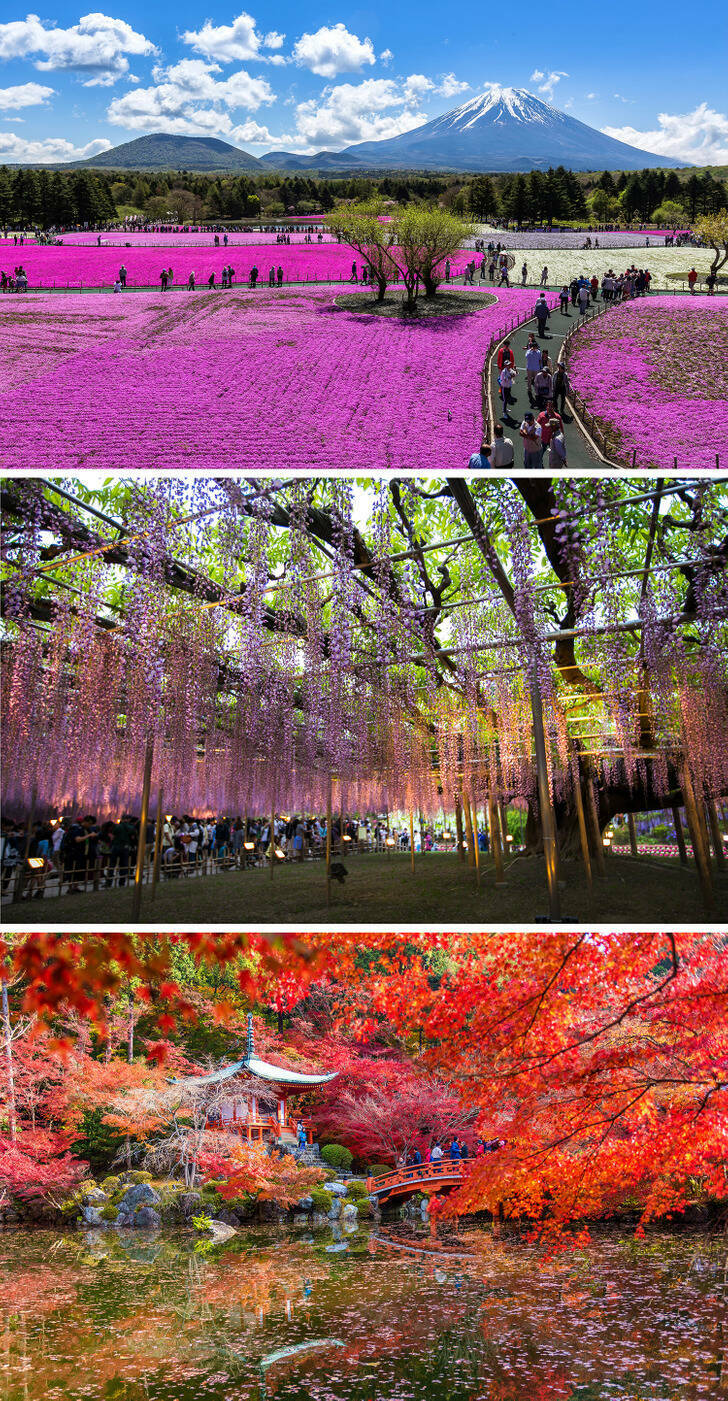
It’s more than just cherry blossoms. Japan has wonderful flower parks around the county, so you can enjoy all kinds of stunning nature throughout the year. Wisteria festivals are especially popular among tourists and locals as well. Majestic, decades-old wisteria trees create magnificent, colorful scenery straight out of a Studio Ghibli fairy tale that is simply magical. And in autumn, you can enjoy deep red and orange colors in forests and parks all around Japan. The fact that 67% of the country is covered in forests makes it a must-visit country for nature lovers.
Giving fruit as a gift is common.
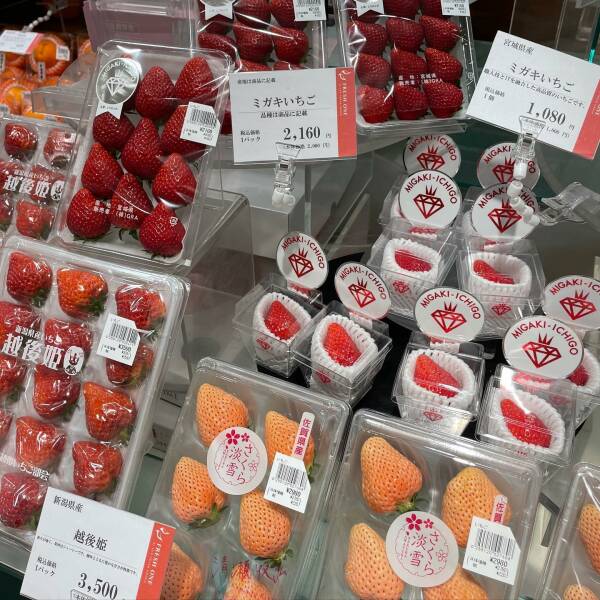
You’ll surely encounter a bunch of odd products in most Japanese supermarkets, but the fruit section can be especially curious. It’s home to square watermelons, pentagonal oranges, white strawberries, and $200 melons, among other things. This is because exclusive fruit is often given as a gift, just like a box of pricey chocolates in most western countries.
Source: brightside.me
 Barnorama All Fun In The Barn
Barnorama All Fun In The Barn
What’s the best way to experience Japanese textile arts?